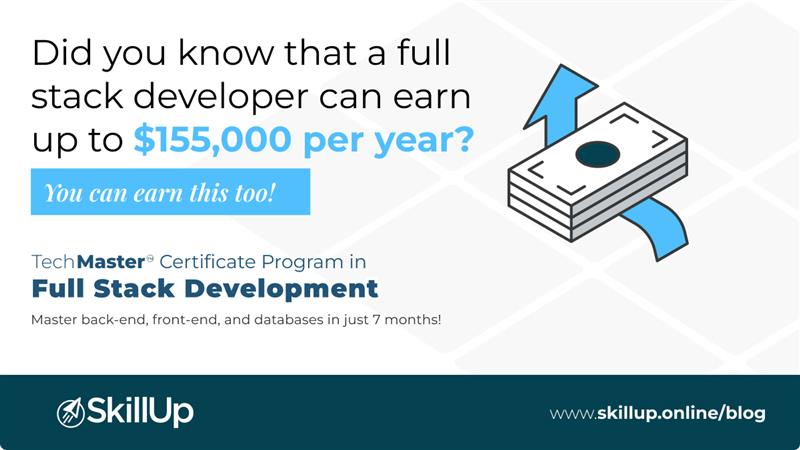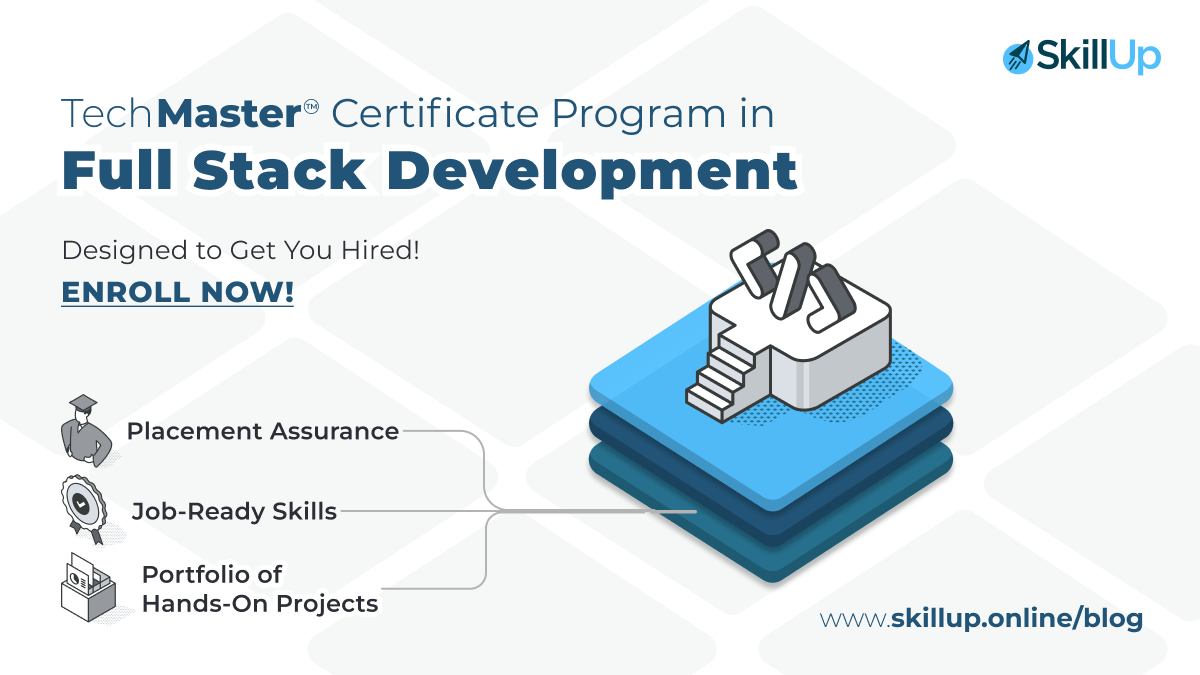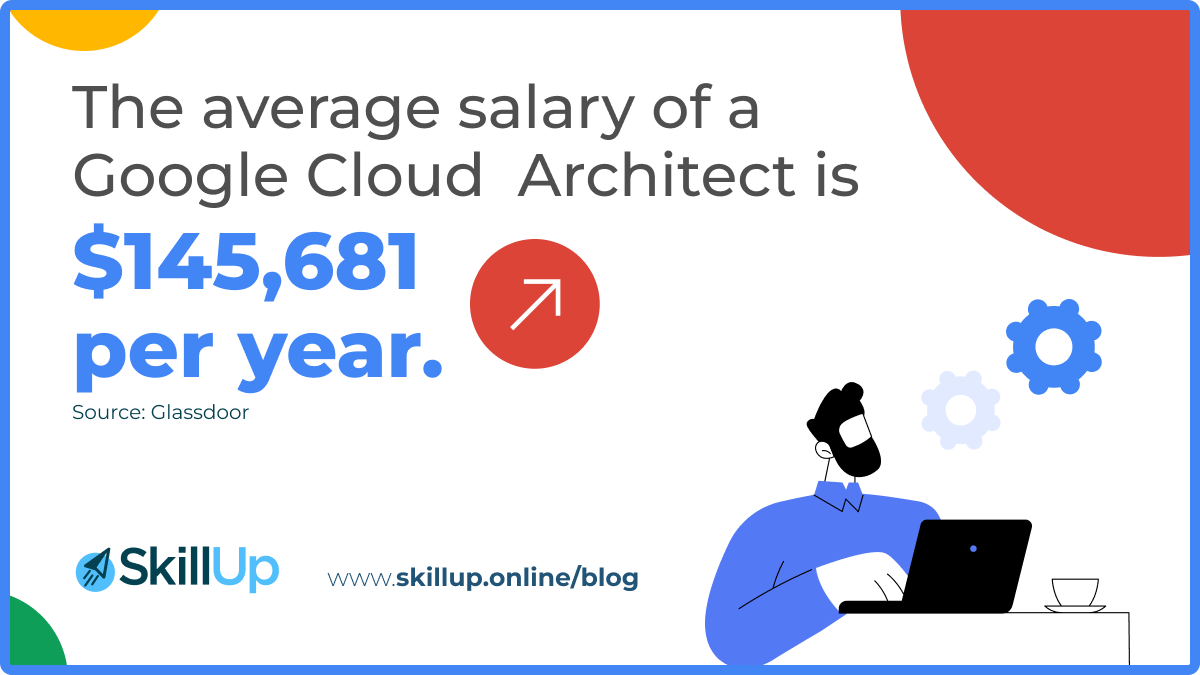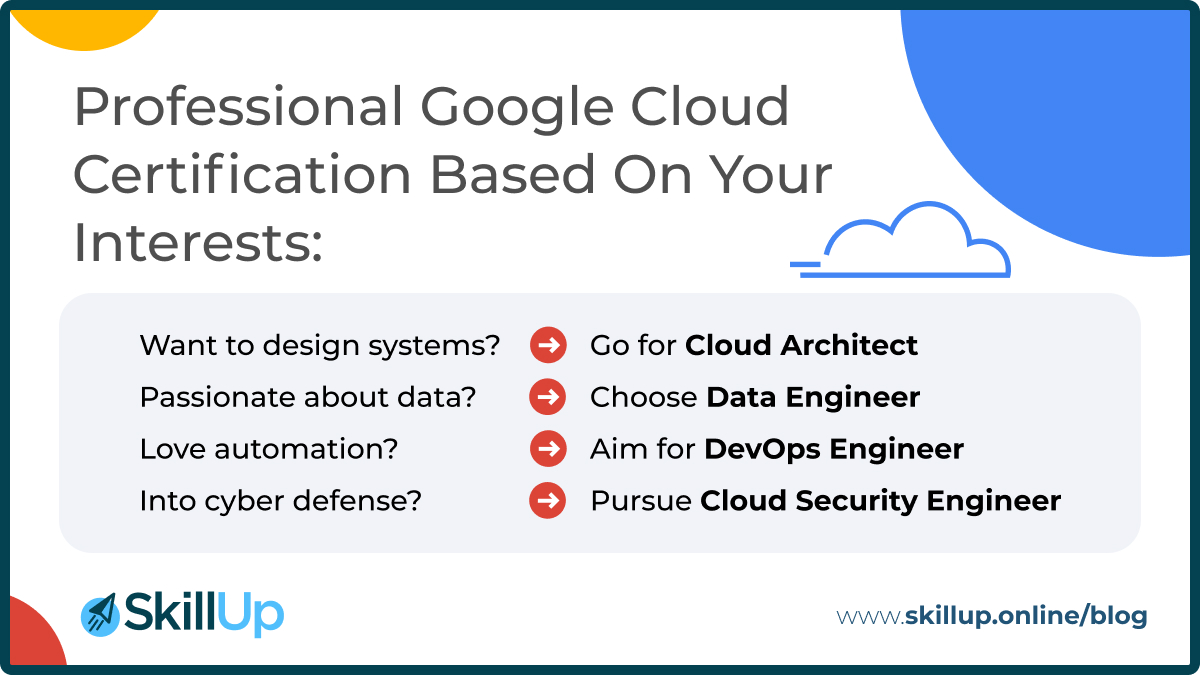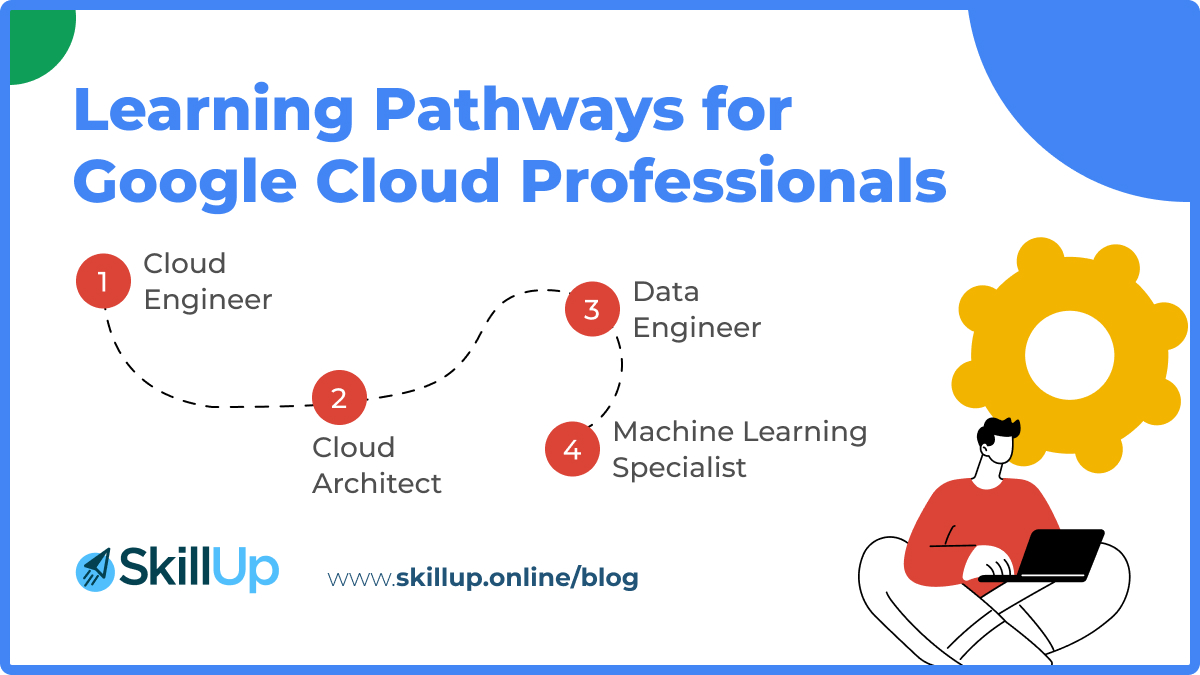Did you know that full stack developers in the United States can earn total compensation of up to $155,000 per year? With the demand for versatile, end-to-end developers only growing, full stack development has become one of the most rewarding and flexible career paths in tech.
If you’re considering a career in full stack development, learning both front-end and back-end skills can open doors to high-paying roles in industries like fintech, e-commerce, and AI. This full stack developer roadmap will guide you through the essential skills and steps needed to break into this dynamic field.
What Does a Full Stack Developer Actually Do?
Understanding the role of a full stack developer is the first step in any full stack developer roadmap. A full stack developer is a tech professional who can build and manage both the client-side (front-end) and server-side (back-end) aspects of a web application.
In other words, they can handle everything from designing the user interface to writing the server logic and managing databases. Full stack developers are valued for their ability to see the “big picture” in software projects, making them critical players in modern development teams.
Key responsibilities:
- Front-end development: Building responsive and interactive user interfaces using HTML, CSS, and JavaScript frameworks like React.js.
- Back-end development: Creating server-side logic, APIs, and database interactions using technologies like Node.js, Express.js, and MongoDB.
- Version control: Managing codebases using Git and platforms like GitHub.
- Deployment: Deploying applications to cloud platforms such as AWS, Azure, or Heroku.
Core Skills to Master
To become a proficient full stack developer, your full stack developer roadmap should include a well-rounded set of technical skills that cover both the front-end and back-end aspects of web development. Here’s a structured breakdown:
Front-end development:
- HTML & CSS: Building the structure and styling of web pages.
- JavaScript: Adding interactivity and dynamic content.
- Front-end frameworks: Using React.js or Angular for complex, scalable front-ends.
Back-end development:
- js & Express.js: Creating server-side applications and APIs.
- Databases: Working with SQL (e.g., PostgreSQL) and NoSQL (e.g., MongoDB) databases.
- Authentication: Implementing user authentication and authorization.
Version control & collaboration:
- Git: Tracking changes and collaborating with other developers.
- GitHub: Hosting and managing code repositories.
Deployment & DevOps basics:
- Docker: Containerizing applications for consistent environments.
- CI/CD pipelines: Automating testing and deployment processes.
- Cloud platforms: Deploying applications to services like AWS, Azure, or Heroku.
Soft skills:
- Problem-solving: Debugging and optimizing code.
- Communication: Collaborating effectively with team members and stakeholders.
- Adaptability: Keeping up with evolving technologies and best practices.
To get a deeper understanding of these essential skills, check out this SkillUp blog on what skills you need to become a full stack developer, which breaks down each competency in more detail.
Structured Learning Path
Following a structured full stack developer roadmap can make the learning process more manageable and efficient. Here’s a practical timeline to guide your progress:
Month 1-2:
- Master HTML, CSS, and basic JavaScript
- Build simple static web pages
Month 3-4:
- Learn advanced JavaScript concepts
- Start working with React.js
- Build dynamic front-end applications
Month 5-6:
- Dive into Node.js and Express.js
- Understand RESTful APIs and database integration
- Create full stack applications
Month 7-8:
- Learn about deployment using Docker and cloud platforms
- Implement CI/CD pipelines
- Focus on testing and debugging
Ongoing:
- Contribute to open-source projects
- Stay updated with the latest trends and technologies
- Continue building and refining your portfolio
If you’re looking for a more structured and guided approach, consider the TechMaster Certificate Program in Full Stack Development. This program offers hands-on projects, industry-aligned mentorship, and practical exercises designed to prepare you for real-world full stack roles.
Choosing the Right Learning Resources
Selecting the right learning resources is critical for building a strong foundation in full stack development. Given the vast amount of free and paid content available, it’s essential to choose platforms that offer a mix of theory and practical, hands-on projects. Here are some of the best options:
Free resources:
- freeCodeCamp: Offers a comprehensive curriculum covering front-end and back-end development with hands-on projects. It’s a great place to start if you prefer a self-paced approach.
- MDN Web Docs (Mozilla): Provides in-depth documentation for HTML, CSS, and JavaScript, along with interactive tutorials and code examples.
Paid and structured courses:
- SkillUp: Offers the TechMaster Certificate Program in Full Stack Development, which combines foundational theory with real-world projects, industry-aligned mentorship, and career support.
- Coursera: Offers the IBM Full Stack Cloud Developer Professional Certificate, which covers full stack development with cloud integration.
- Udemy and Pluralsight: Known for their vast libraries of tech courses, including full stack bootcamps that cover the latest industry trends.
Project-based learning platforms:
- Codecademy: Provides interactive, project-based lessons that cover both front-end and back-end technologies.
- Scrimba: Offers a unique, code-along approach to learning JavaScript and React.
Communities and open source:
- GitHub: Collaborate on open-source projects and build your portfolio.
- Stack Overflow: Get quick answers to coding questions from experienced developers.
- Reddit and Discord: Join active developer communities for networking and support.
Building a Standout Portfolio
A strong portfolio is critical for demonstrating your skills to potential employers. It should showcase both your technical abilities and your ability to solve real-world problems. Here’s how to build a portfolio that stands out:
Types of Projects to Include:
- Personal website or blog: Showcase your skills, projects, and coding journey.
- Task manager or to-do app: Highlights CRUD (Create, Read, Update, Delete) operations and database integration.
- E-commerce website: Demonstrates front-end and back-end integration, user authentication, and payment processing.
- Social media dashboard: Shows API integration, data visualization, and complex front-end logic.
Tips for a Professional Portfolio:
- Use clear, concise project descriptions.
- Include live demos or hosted projects.
- Document your code thoroughly.
- Add GitHub links for transparency.
- Focus on responsive design and accessibility.
Leveraging GitHub and Code Repositories:
- Use README files to explain project purpose, technologies used, and key features.
- Showcase your contribution to open-source projects.
- Regularly commit and push your code to demonstrate active engagement.
Understanding Employer Expectations
As you follow your full stack developer roadmap, it’s important to understand what employers value in full stack developers. They look for more than just technical skills. Here’s what they value most:
Technical Competency:
- Solid understanding of both front-end and back-end technologies.
- Ability to build end-to-end applications with efficient, clean code.
- Familiarity with version control, CI/CD pipelines, and cloud platforms.
Soft Skills:
- Problem-Solving: Ability to troubleshoot and debug complex issues.
- Communication: Clear articulation of ideas and technical concepts.
- Team Collaboration: Working effectively in agile, cross-functional teams.
Portfolio Quality:
- Real-world projects that demonstrate both front-end and back-end capabilities.
- Clear, organized code with proper documentation.
- Evidence of continuous learning and improvement.
To get a better idea of what employers expect and how much you can earn as a full stack developer, check out this SkillUp blog on full stack developer salaries.
Final Tips and Next Steps
Consistency is key when learning full stack development. Dedicate regular time to practicing both front-end and back-end skills. Join communities like GitHub, Reddit, and Discord to stay motivated, get quick answers to coding problems, and connect with like-minded learners.
If you’re looking for a more structured approach, consider the SkillUp TechMaster Certificate Program in Full Stack Development. This program offers hands-on projects, industry-aligned mentorship, and practical exercises to prepare you for real-world roles.
If you would like to know more about how you can get the necessary hands-on experience and get started, contact our Learner Support Team at [email protected]. They will be more than happy to guide you on your next steps.
SkillUp Online
